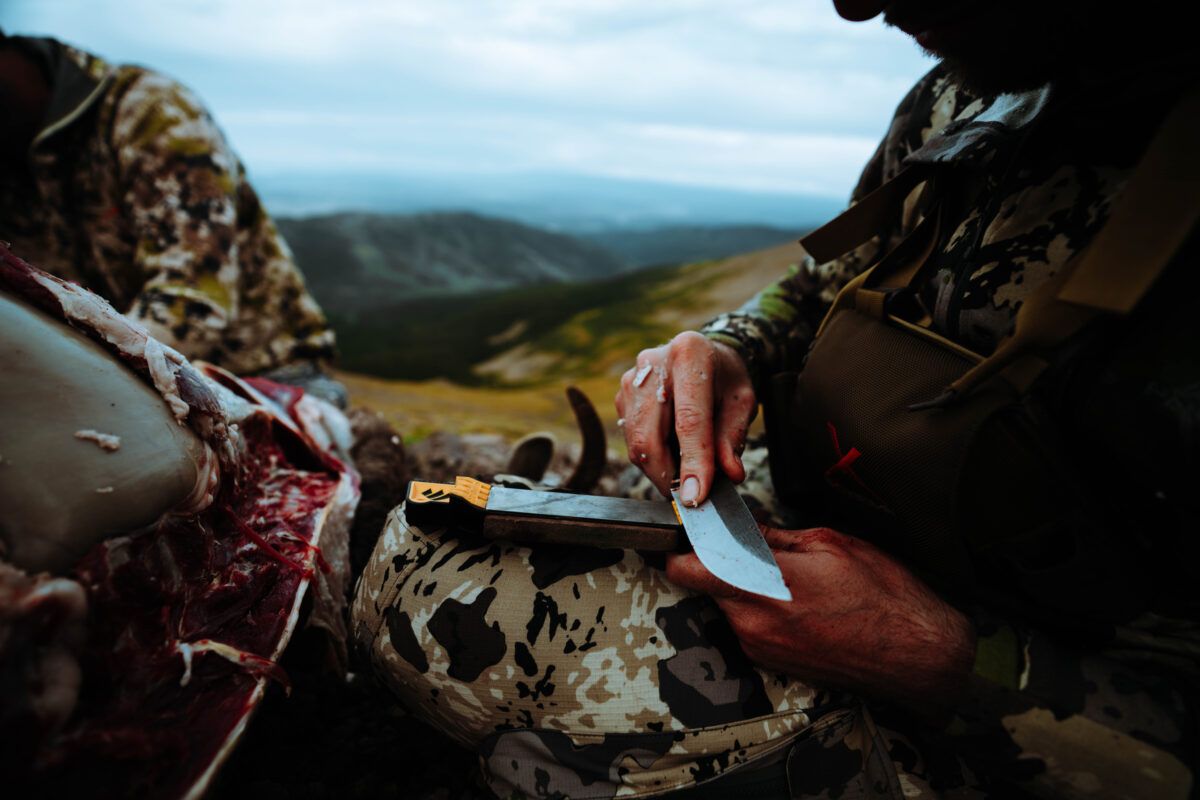How to Sharpen a Hunting Knife
Every hunter anticipates a successful season, putting in the necessary preparation to ensure everything unfolds according to plan, leading to a rewarding harvest.
While substantial effort goes into preparing for a successful hunt, seasoned hunters emphasize that the true work begins once an animal is down. The tasks of dressing, quartering, and transporting the animal demand significant effort, making a sharp knife an indispensable tool for fieldwork.
During my time in the field, I carry two knives for different purposes. A folding knife clipped in my pocket serves general tasks like cutting rope, paracord, and opening food, while a fixed blade is reserved for processing the animal upon a successful harvest.
Before embarking on a hunt, I ensure both knives are sharpened to the same angle, providing consistency for potential field resharpening. It's crucial that the sharpening angle aligns with the capabilities of the sharpener I carry. Avoiding unnecessary angle adjustments in the field minimizes frustration and saves time. Typically sharpening to 20° per side at home, I carry the Work Sharp Guided Field Sharpener to maintain angles at 20 and 25 degrees, ensuring a consistently sharp edge.
During field dressing, vigilance toward the knife's cutting performance is crucial. When the need for increased pressure or signs of sloppy and jagged cuts arise, it's time to hone the edge. This practice is vital as a sharp knife demands less force, resulting in precise cuts, minimal meat wastage, and reduced risk of injury.
A quick honing session with ceramic or a leather strop facilitates a prompt return to the task at hand, proving more efficient than a complete re-sharpening process.
Frequent honing, clean cuts, and prioritizing safety are paramount during fieldwork.
Wishing you a sharp and successful hunting season ahead.



